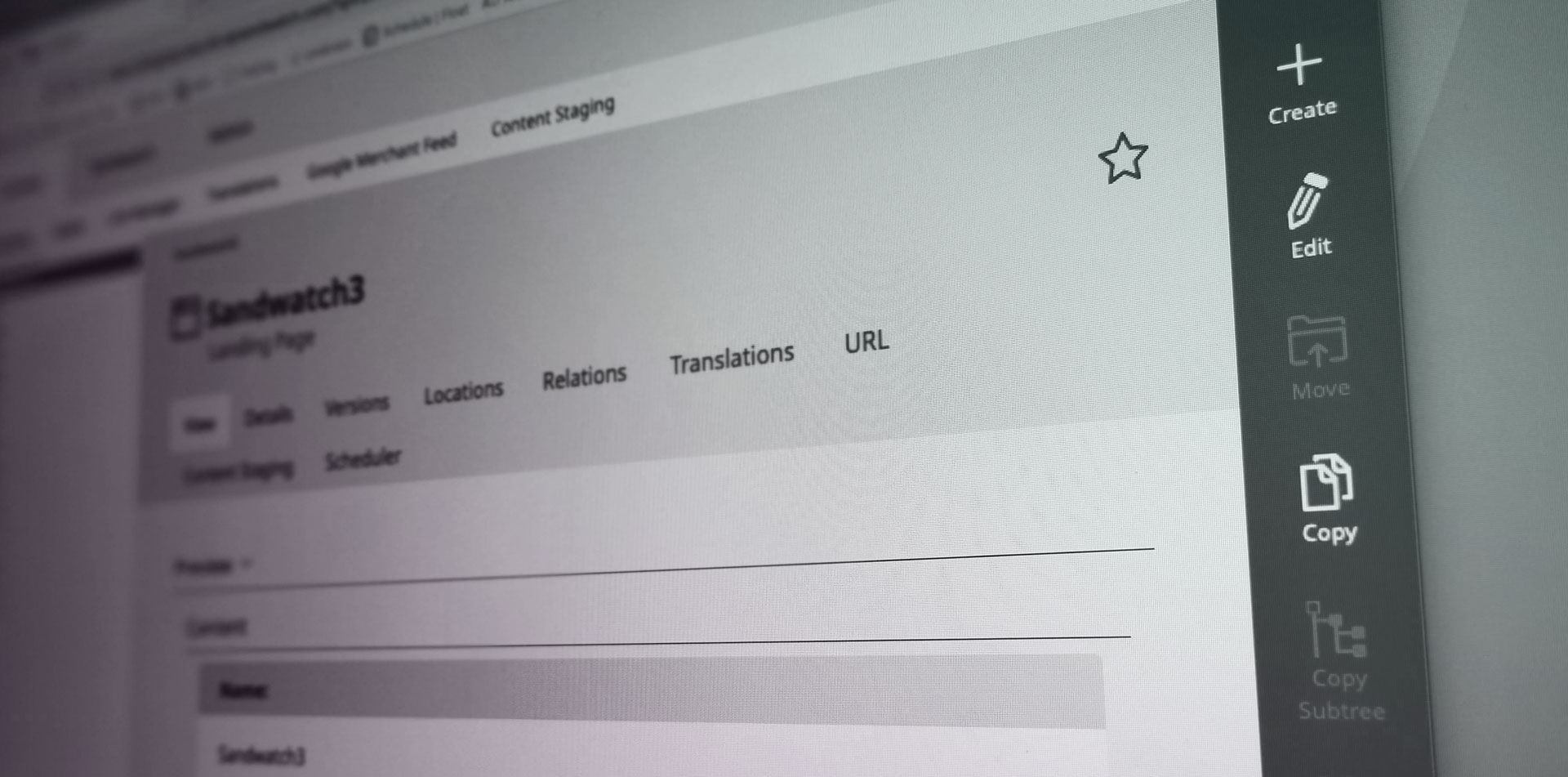How weird tasks can end up improving your personal and professional skills
introduction
I recently started conducting training sessions for European webmasters on the use of our Content Management System (CMS).
DATE
- October 19th, 2022

This training should enable webmasters to edit contents and create landing pages by themselves. These tasks are something I’ve been doing for almost a decade now, but it’s a completely different story when it comes to teaching people how to do them.
These training sessions were previously held by a colleague of mine, who led the project for a couple of years and defined a sequence of highlights based on her experience and sensibility.
Once I became the new lead for the project the handover overwhelmed me. I had only 4 training sessions (one hour each) to teach them everything. Every. Single. Thing. How is it possible??
Obviously my colleague had experience on her side and also she’s a fast talker, so I had to adapt her previous work based on my speed. Moreover there was just a trace because every time — she explained — it’s different, so you have to adapt.
So spirit of adaptation it is! But where to start? Contents are not linear, are all linked together and interlaced. Finding the right fil rouge wasn’t easy. Also I had to consider each time webmaster’s capabilities. Not everyone is at the same level or has the same attitude to the task. Luckly these trainings are divided by country, so each time I have only 1 or 2 people to teach to. In this way it’s easier to find the right tone of voice and set the right amount of information to transfer.
-----
Each time people ask me what do I do for a living, I answer with “I design user experiences for webpages”. I actually do a lot more. I design experiences every day, in every aspect of life. We all do, of course.
-----
Preparing training is nothing more and nothing less than providing webmasters with a learning experience, at the end of the day is a user experience. I start with a requirement coming from the client’s management, analise the target audience, set the best possible way to reach my scope within the deadline and hope for good user satisfaction with the experience. It was easy, wasn’t it?
The trick was to treat this task as an UX project and just set it up like I would do for any other UX project. It was just a matter of taking a step back from my overwhelming situation and understanding that. It has different positive side effects to take a step back from your current position and watch yourself as a third person. It gives you the opportunity to appreciate what you have and see different applications for tasks that seem quite off-topic for your career path. There’s always something good to learn.
This time it was the CMS training, in the past it was organizing team buildings and Christmas parties. These projects all stemmed from the management’s requirement for a moment of aggregation and joy. Then was the time for the target, capabilities, attitudes, hopes and wishes. I had timelines and budgets to keep under consideration but at the end of the day they have always been great successes to me. I’ve learned how to negotiate and bargain, I’ve increased by tons my patience, my ability to find impossible solutions and to change things on the go, because one thing I’ve learned the hard way: nothing ever goes as you expected.
The unexpected happens and as much as you can simplify processes and situations (KISS - Keep it simple, stupid) there will always be that one person that do something that completely destroy your plan. Okay, maybe I’m been dramatic here, but you always need a plan B and a plan B to the plan B.. and a parachute.
-----
A UX lesson: You always need to provide a way to recover from mistakes. (Nielsen n°9 Heuristic)
-----
There are projects you just can’t test, like parties, team buildings or even training. You never know how people will react without spoiling the event itself. Particularly in these cases it’s important to have an overview on all possible variations that your experience can have. Deviations that may occur. And you can do this by knowing you target as much as possible. Who is the introvert? Who’s going to make you lose your temper? Are they welcoming? Are they formal? Which tone of voice is the most suitable for them? Who is going to need an extra explanation? Do they prefer learn-by-doing or learn-by-listening, o watching?
-----
Each time is a new rollercoaster, you never know how it will be until you are in it, then you need to be cold blooded and a problem solving genius.
-----
To sum up, I’m happy to be a generalist because each project gives me something specific and different, sometimes even unexpected. You can grow personally and professionally in many ways and you can even enjoy it! Did you know that a couple of years ago I planned an escape room inside the office and I got the chance to lock colleagues inside of different rooms? It was quite an experience!
•͡˘㇁•͡˘
This article was featured on Bootcamp. Bootcamp is a living collection of resources for designers starting in UX, UI, and Product. By the team behind the UX Collective — the largest design pub on Medium.
If you want to comment this article, please feel free to do it on my Medium page